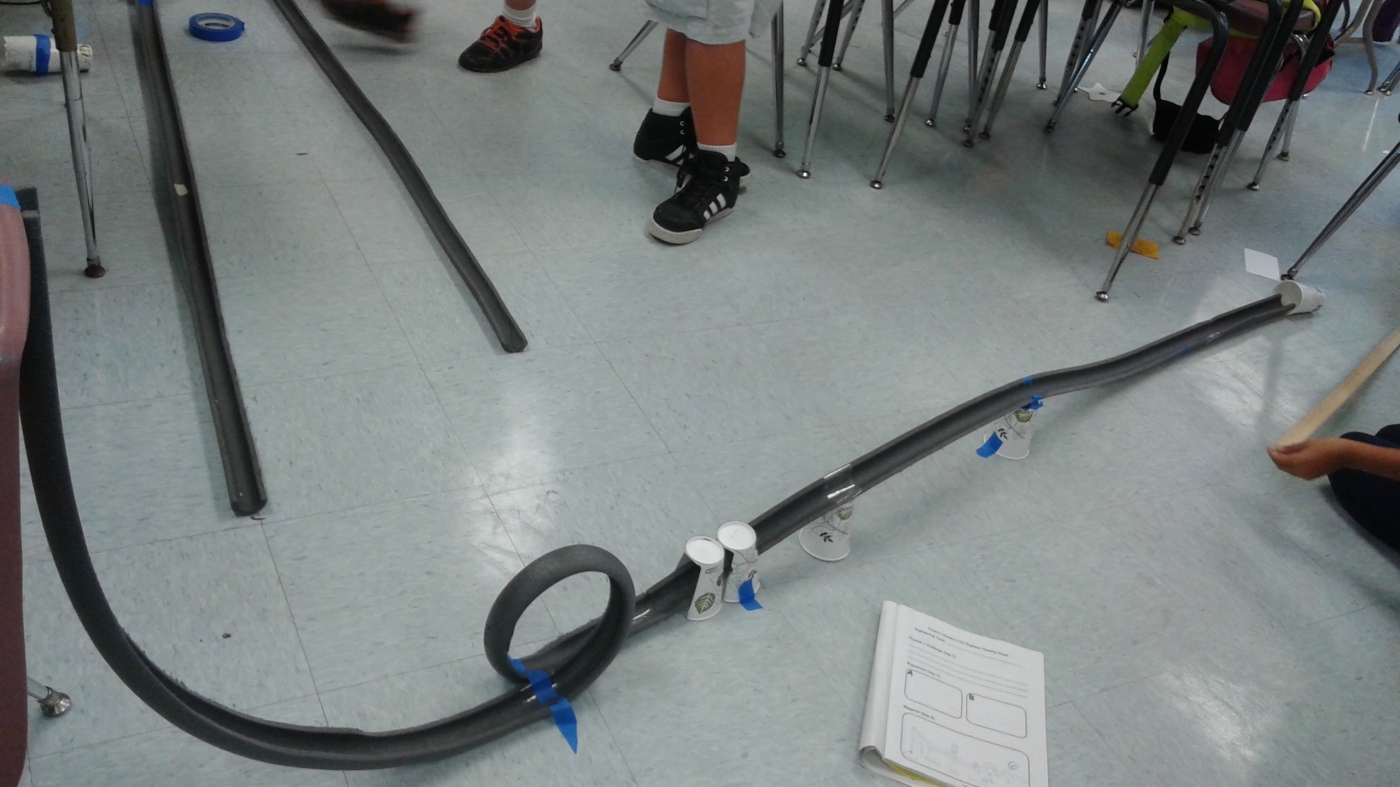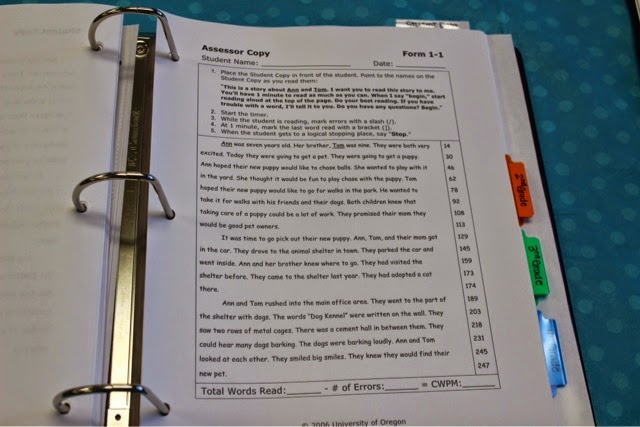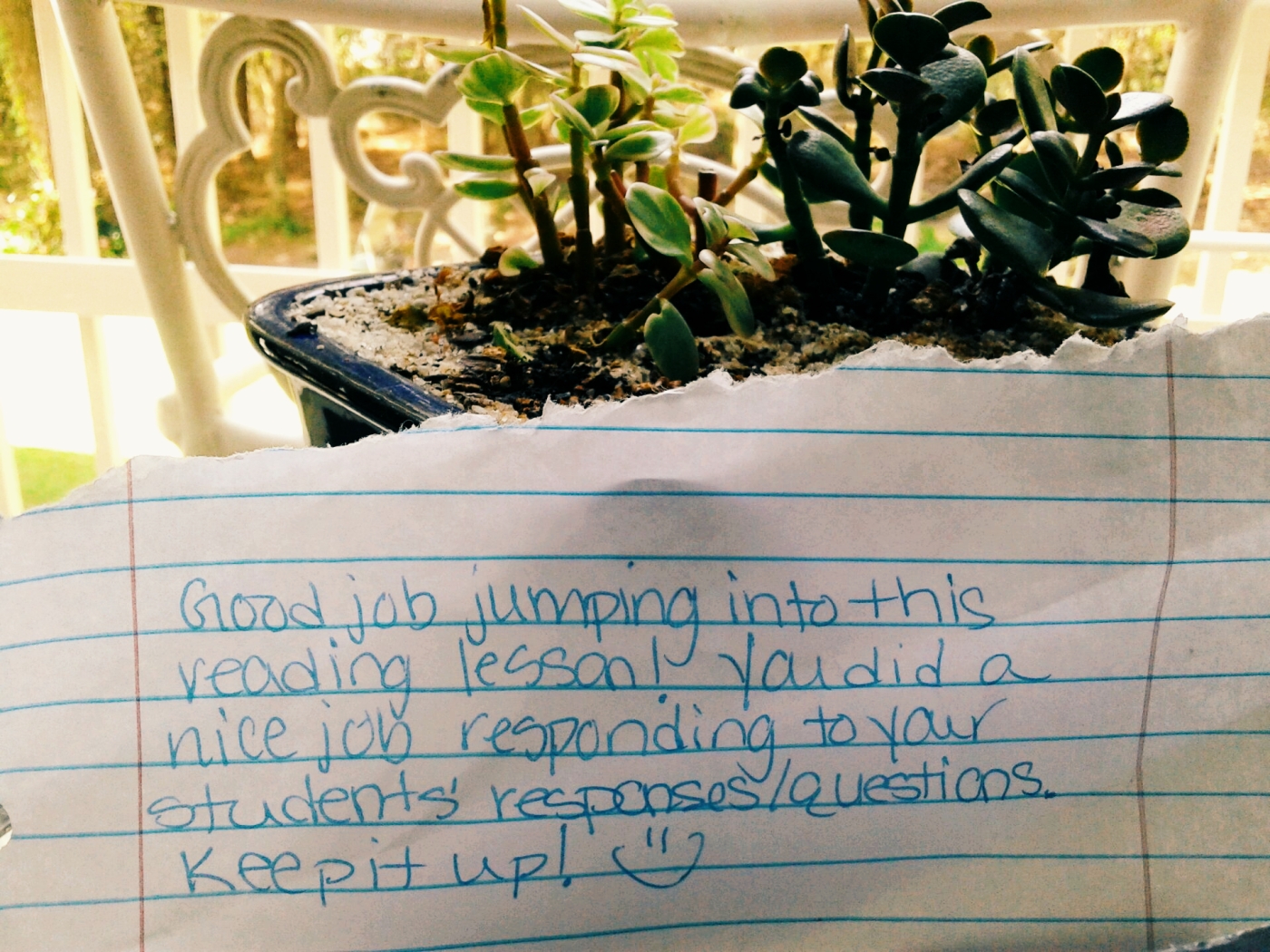**Example of Neville’s writing.**
Recently, I have been gathering information on a student in my class. His name is Neville and I found certain qualities about him very interesting. He is in fifth grade and he loves telling stories and doodling. However, his love of story telling isn’t reflected in his reading and writing grade. His mid-year grade reflected an F in the category of reading and writing, and I found that interesting since his History and Science grades were such high As.
After informing Madam Hooch that I was interesting in Neville’s academic performance, she started providing me with information on his home life. She told me that his mother was an active parent in his education, and was easy to get in contact when necessary. She also informed me that Neville and another child was involved with a bullying situation. This situation had been going on since third grade, and when the school became involved to determine a solution, each student told a different story. They both explained that the opposing student was the one bullying. With the information that the school had, they came up with a suitable solution. However, when observing I noticed that he mentioned to his friends that nothing was done and that he would have to take care of it himself. Additionally, when I asked Neville a few questions, he automatically assumed that I was going to ask him about the bully situation, almost as if to offer this information proudly. When I informed him that that wasn’t the case, he didn’t say anything else about it. The only other questionable behavior that Neville displays is his gruesome twist on every answer he provides. I have heard how much he enjoys the TV show The Walking Dead and how much he enjoys Halloween, however I have never seen Neville display any aggressive behaviors so he couldn’t have a conduct disorder.
After asking Neville a few general questions, I found out that his father was a truck driver and his mother had two jobs–working in coat factory and working at a museum. I also found that he likes video games such as Call of Duty and Minecraft, his favorite subject is history, and along with other various pieces of general information. Additionally, I asked Neville how he learns best, and his response was that he likes to be active. From this I would think that his intelligence type developed by Howard Gardener is bodily-kinesthetic. All of this general information didn’t provide me with any indication as to why he was struggling in reading and writing though.
It wasn’t until I started gauging his demeanor and behavior in case when things started coming together. During writing or reading, in the beginning of the year, he would often ask Madam Hooch if he could go to the nurse because he didn’t feel well. Soon Madam Hooch caught on to this excuse, and stopped it. Also, I noticed that almost every day I was in the classroom, he had to work on the computer software “IStation”. When I asked Madam Hooch what this was, she informed me that IStation is for students who are below level in reading. They work on this program to practice reading skills such as comprehension. I found this very interesting and thought this was relevant information in my wonderings. Additionally, at the end of every Thursday at Hogwarts Elementary, students break off into their specific RTI (response to intervention) groups. I saw that Neville always left and when I asked Madam Hooch what Tier he was in, she said he was in Tier 1 (which is the level that requires individual one-on-one help). So not only does Neville receive assistance in reading through IStation, but also through RTI.
The only data that I’ve gathered so far about his writing, was his actual pieces of work. One time I was grading one of the class’ assignments, I came across Neville’s paper, and after trying to decode his answers for almost five minutes, I finally asked Madam Hooch what she wanted me to do. After seeing his paper, Madam Hooch returned a blank paper to Neville and asked him to redo it. Throughout almost every paper that I have seen Neville write, his writing almost appears as though it belongs to an emergent literate student. His writing shows signs of this because he doesn’t have spaces between some words and his spelling patterns are similar to students that are in the emergent stage. When I talk to Neville, he doesn’t show any signs of delay and if I hadn’t of known any better I would have assumed he was an excellent writer from the stories he tells.
After finding all of this out I found that it was imperative that I see what kind of scores Neville had received on his standardized testing that would require such extra help. When viewing his scores, I knew immediately why exactly he was receiving all of this assistance. Last year his first test scores–taken in the beginning of the year–indicated that he was in the 12th percentile for reading comprehension. In the end of the year, his test scores showed that he did make progression, however, it was still a worrying number. He had scored in the 35th percentile.
I’m still not sure what is causing Neville to struggle so much in reading and writing, which drives my determination to help him. I continue to seek an answer to this wondering and hope to break the silence of his struggle.
Reflective Questions:
1. How can I help Neville improve his reading and writing skills?
2. What can be done about the gruesome answers, and is it a problem?




Recent Comments